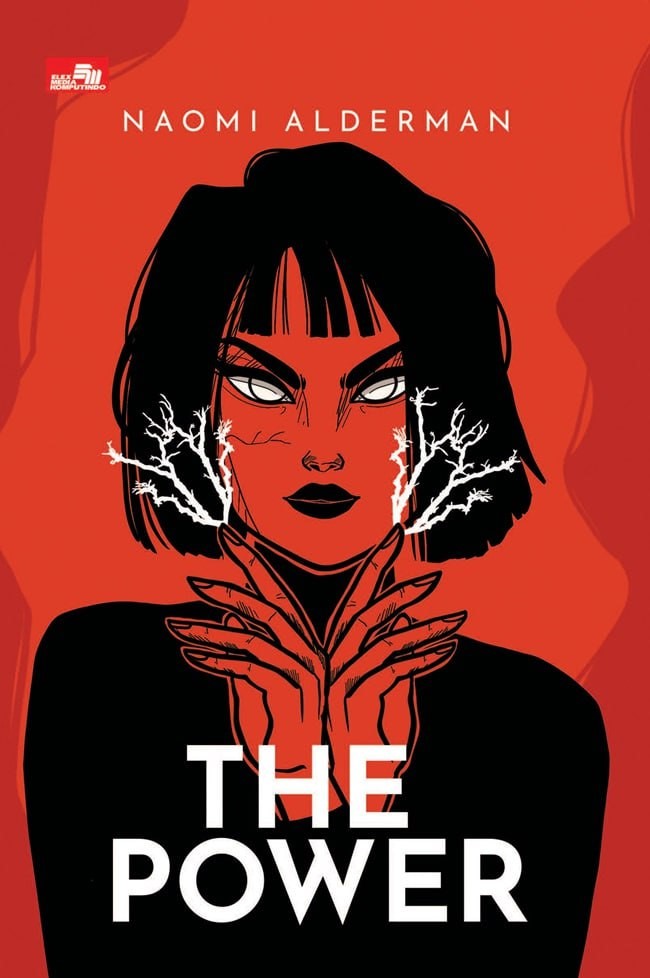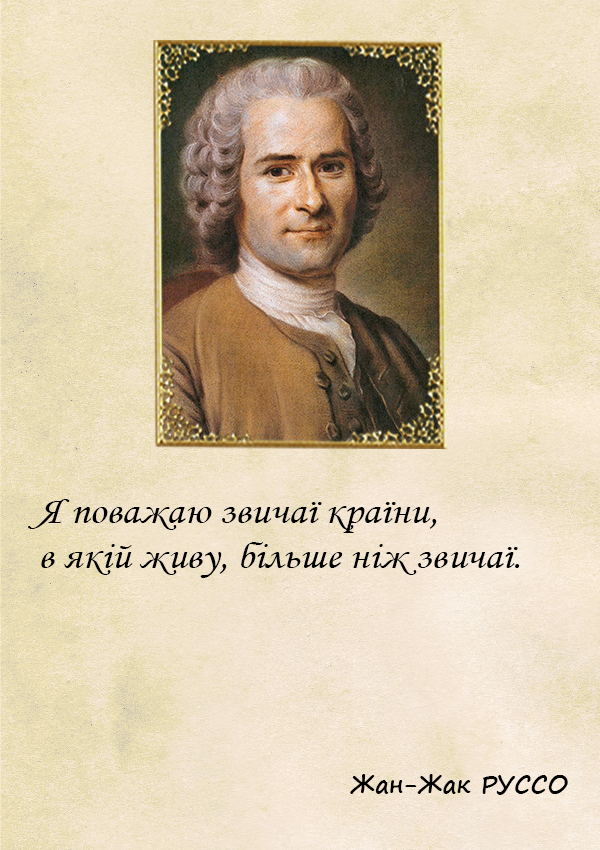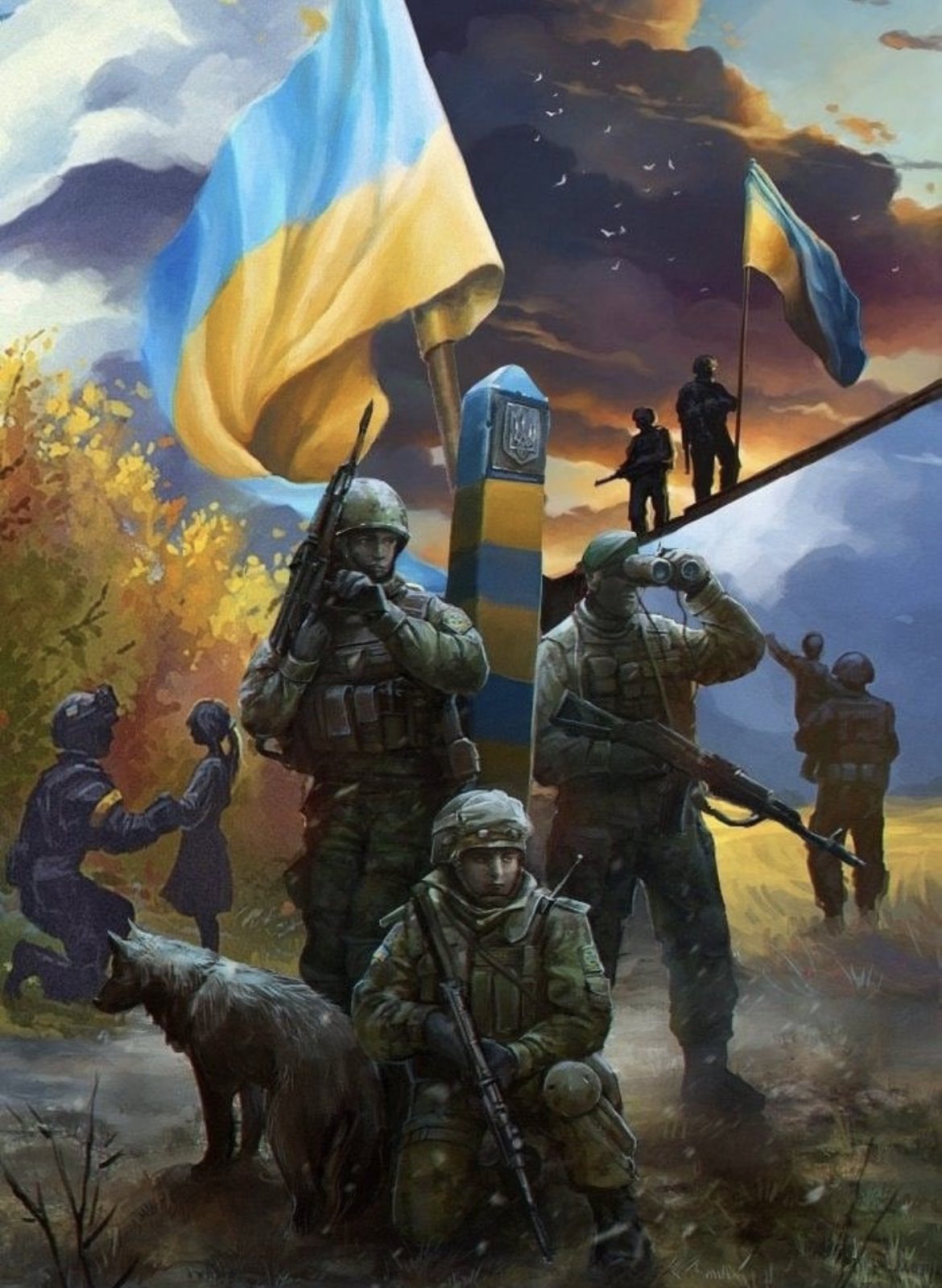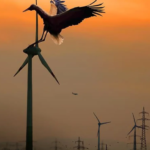
(book review)
Would the world be different if women were the ones to rule it? Naomi Alderman tried to answer this question in her dystopian novel ‘The Power.’ It is a feminist book which provides deep insights into social issues of both masculine and feminine-controlled worlds. The story is about how reality is turned upside down when women suddenly discovered a great power inside them: the ability to electrocute only using their mind and body. Now, they are going to change the whole system in every corner of the globe and make the world a better place for females.
The plot revolves around four main characters that have absolutely different personalities, backgrounds and ambitions. The first one is Allie, an orphan who, having obtained vigorous power, becomes a matriarch and dedicates herself to preaching a new more relevant for the modern world religion. Having herself experienced moral and sexual abuse from her adoptive parents, at first she uses her power to save other women and cure ill people. She acquires the name of Mother Eve to spread the word of her Goddess. Thanks to her, we can observe how religion influences people’s minds and manipulates them. The author connects our contemporary world with the fictional one and reveals the ways authorities use religion to control masses of people, make them obey. At the end, Allie becomes the kind of person she herself used to suffer from.
The second protagonist is Margot – the female politician whose career is difficult to make because of the patriarchy. However, when she discovers her power and uses it correctly, she becomes a head of state and pursues a policy for the benefit of the women of her country and abroad. Women in power, so we should probably expect some justice, equality and higher standards of living. Nevertheless, Margot acts primarily in her own interests and ambitions. For instance, for the sake of her daughter, she creates special schools for girls with power where they can learn how to use it properly in order to defeat both violent and non-violent male organizations. Besides, she closes her eyes on brutal acts against men committed by female citizens in different countries. Again, the author draws parallels between her world and ours but swaps genders.
The next character is the one who shows us the world through man’s eyes. That is Tunde, a journalist, who travels around the globe, records women rebelling against the male world order and collects materials of male oppression. Eventually, Tunde’s female friend steals the film and publishes the materials as her own. That is a reference to women’s intellectual property being appropriated by men for many years. Besides, the topic of gender equality (or inequality) is explored with the help of this character. For example, since it became common for men to be harassed, raped and electrocuted by women, the law was introduced according to which males must cover their whole body and aren’t allowed to go outside without female accompaniment. That made Tunde’s job impossible to perform. Once again, Naomi depicts the attitude of men towards women in many non-developed countries of our real world.
And the last character, Roxy, represents the further development of illegal activity even though led by women. She belongs to a mafia family. Her father is a crime boss and her brothers are his followers. Roxy possesses an unusually strong power and is able to assert dominance even with male criminal authorities. However, she also tends to be vulnerable and kind. Even though she finds out that her father had killed her mother, she had mercy for him. Still, her father didn’t spare his daughter and almost killed her in order to take her power away and give it to his son. The writer affirms that you should be careful with trusting men even if they are your closest relatives. Finally, Roxy takes over her father’s business and successfully deals with new kind of drugs, much more effective and addictive. She becomes intoxicated not only with her ability to release electric jolts with her fingers, but also with the sense of control over the illegal industry and doesn’t think of the consequences of drug distribution.
To conclude, ‘The Power’ by Naomi Alderman explores not just the changes in gender roles of the female-ruled world but also reveals a lot of current global issues of today’s society where patriarchy is the main system of governance. She challenges the deeply rooted gender roles of men being dominant in every aspect of social life. Overall, the novel is a dystopia with the insertions of political, social and philosophical matters of our own world. It confronts the always relevant questions of oppression, greed, equality and the nature of power itself. The characters are flawed and ambiguous, but it’s up to us to judge them and decide who is right or wrong. Alderman uses four main protagonists only to depict a society undergoing radical changes but never includes her own opinion. Notwithstanding, the outcome is that all people, regardless their genders, are all the same: greedy, lustful, mean and arrogant.


























































Залишити відповідь